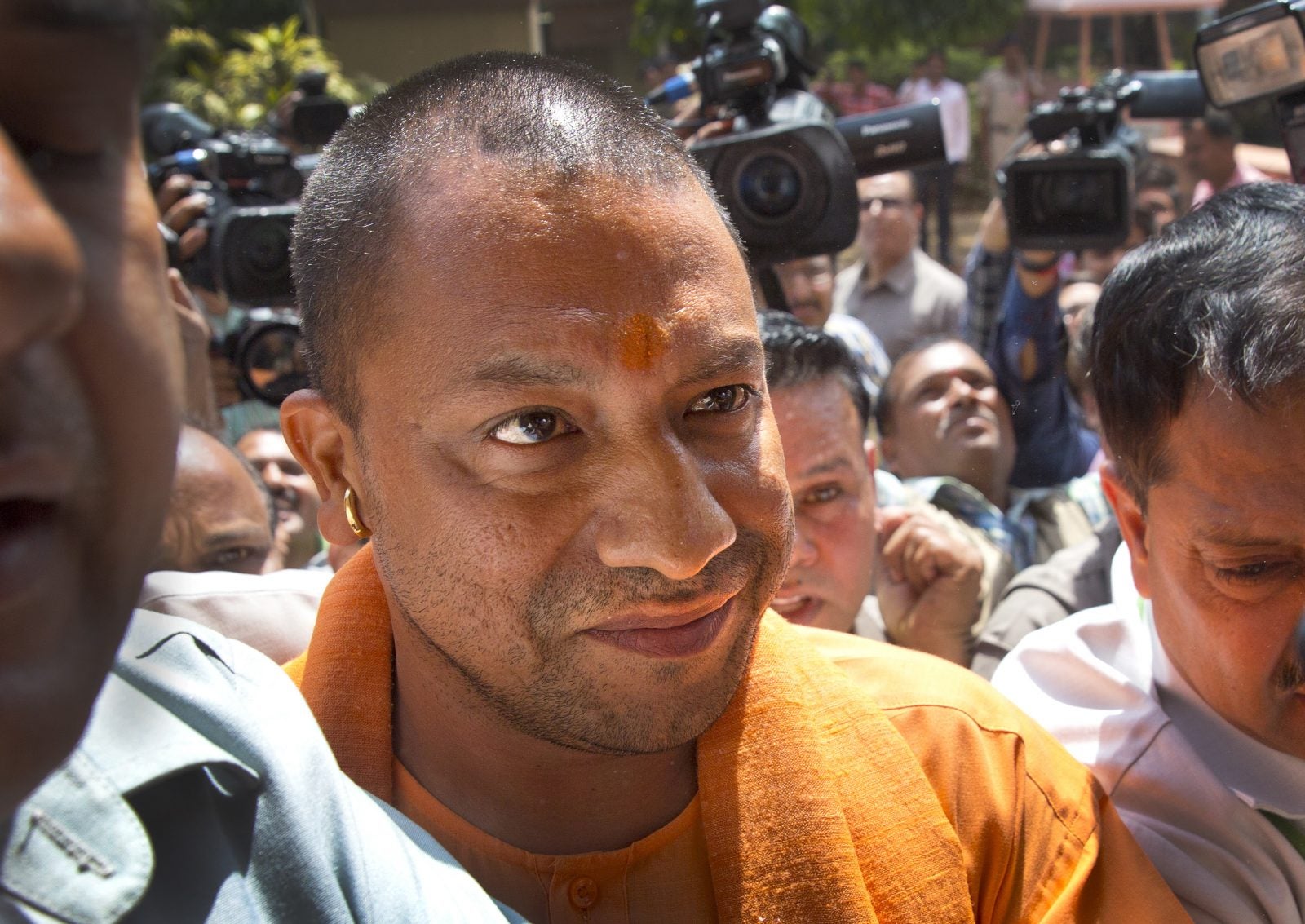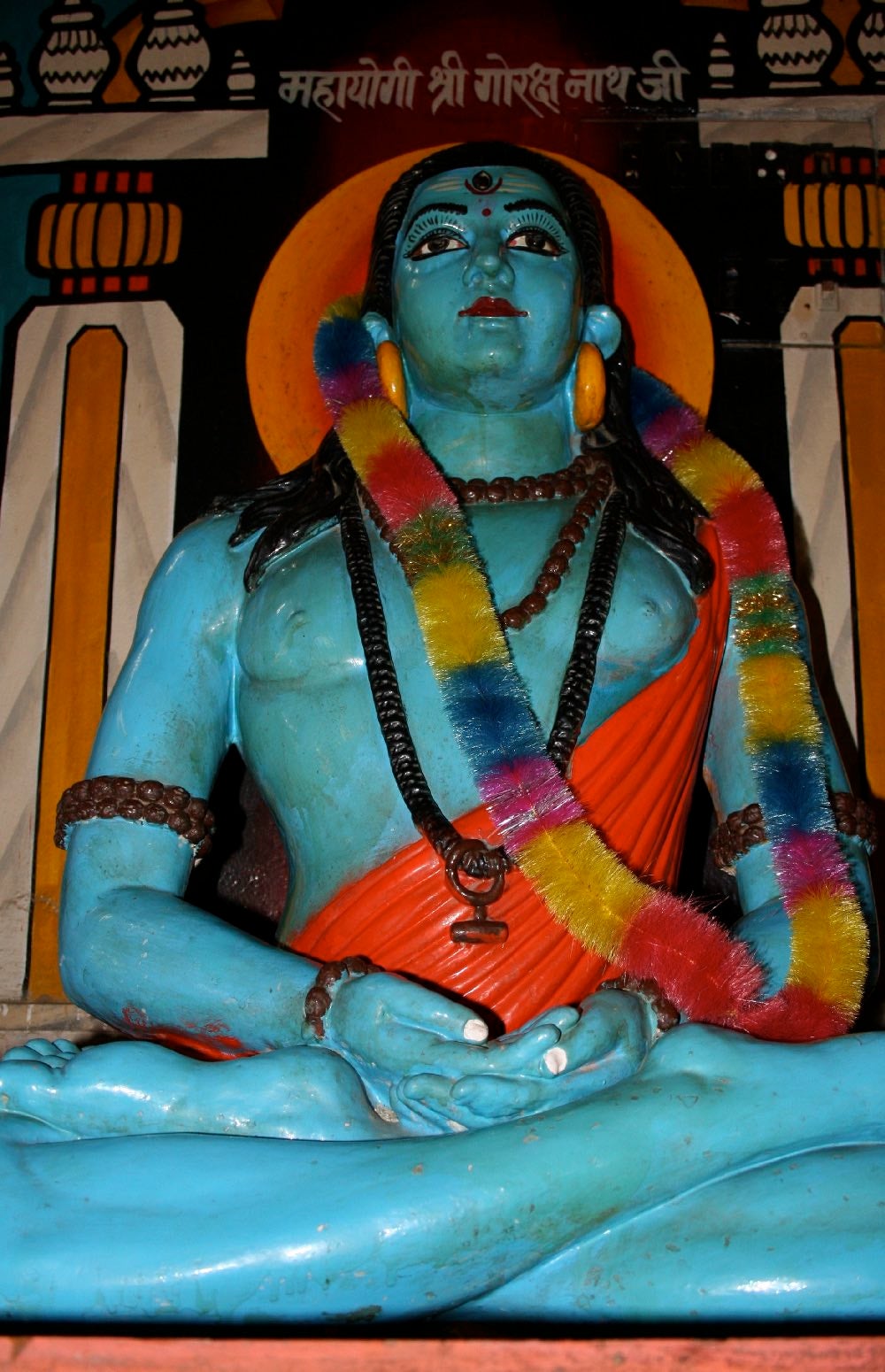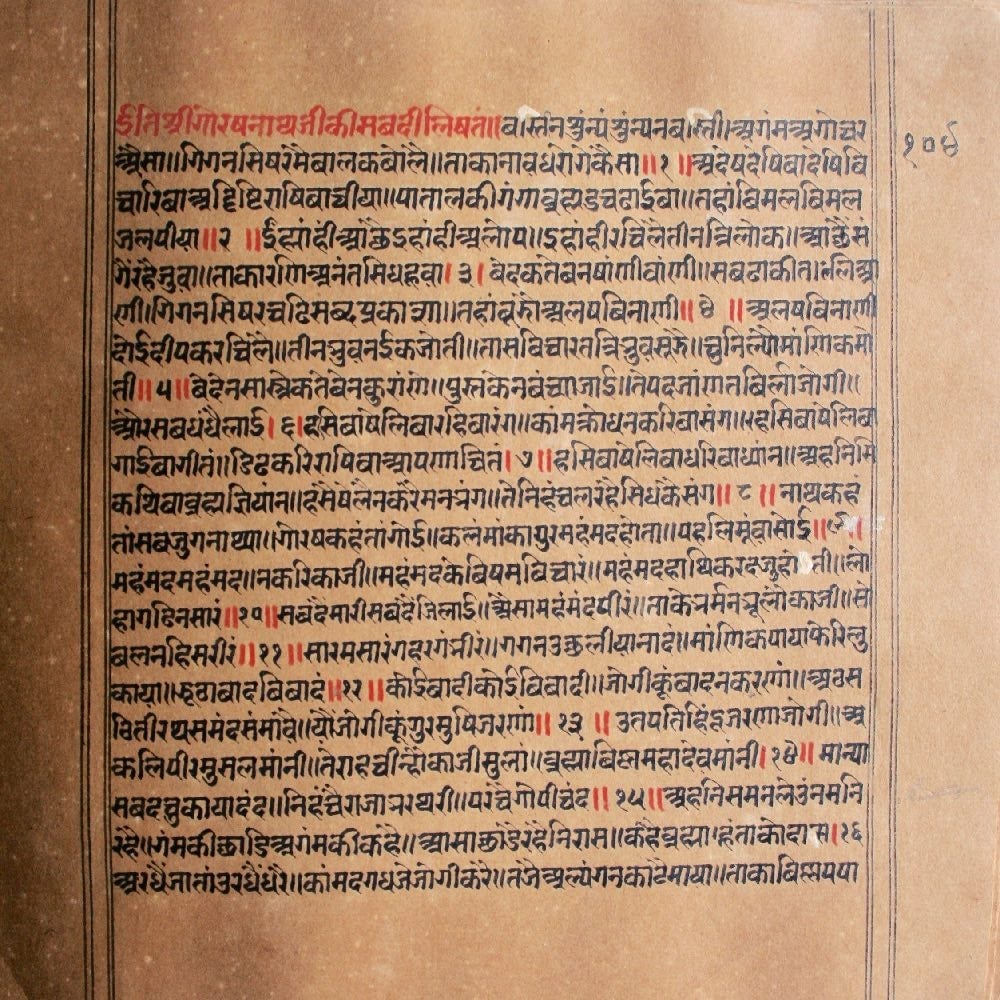“Hindu by birth, Muslim by wisdom”: The roots of Yogi Adityanath’s cult group
The appointment of Adityanath, a controversial right-wing ideologue from Gorakhpur, to the post of chief minister of Uttar Pradesh has left many shaking their heads in disbelief. His political rise, however, is far from surprising. The Nath community’s involvement in the workings of government is hardly a new development, as Nath yogis have been a formidable influence in south Asian politics for centuries. What has significantly changed is the manner in which the Gorakhpur’s Nath community understands and articulates its identity. In direct contrast to Adityanath’s Hindutva rhetoric, Nath yogis have historically obtained power by emphasising their porous religious boundaries.


The appointment of Adityanath, a controversial right-wing ideologue from Gorakhpur, to the post of chief minister of Uttar Pradesh has left many shaking their heads in disbelief. His political rise, however, is far from surprising. The Nath community’s involvement in the workings of government is hardly a new development, as Nath yogis have been a formidable influence in south Asian politics for centuries. What has significantly changed is the manner in which the Gorakhpur’s Nath community understands and articulates its identity. In direct contrast to Adityanath’s Hindutva rhetoric, Nath yogis have historically obtained power by emphasising their porous religious boundaries.
Around the 13th century, a group of yogis began to form a community around the teachings and narratives of Guru Gorakhnath. Renowned for their ascetic accomplishments and their yogic powers, the Naths (also known as kanphatas, literally those with torn ears, a result of their tradition of wearing large earrings) were tremendously popular in early modern India.

Overlapping and competing with Muslim, Hindu, Buddhist, and Jain communities, these yogis professed a belief in one unseen god—a belief which allowed them to straddle the theological boundaries between various religious traditions. The Gorakhbani, or sayings attributed to Gorakhnath, highlights the early modern community’s conception of selfhood.
According to the Gorakhbani, the Nath community’s most influential text since the 16th century, the group prominently defined itself as neither Hindu nor Muslim, but distinctly as Jogis. While the theological tenets of the text built upon both Hindu and Islamic ideas, they also paradoxically accept and reject the teachings of both communities.
Acknowledging the importance of Hindu deities and Muslim prophets, as well as the wisdom of pandits and pirs, the Gorakhbani speaks of the transcendence of duality. It illustrates how the early modern community embraced the inclusion of both groups while considering them insufficient for obtaining ultimate truth. Not mincing words, the Gorakhbani states that absolute knowledge is not found in the Vedas, Sastras, or the Qur’an. Only the sabad—the sacred word of Gorakh—can truly guide devotees through the mysteries of the universe.
“utapati hindu jaranan jogi akali pari musalmananinte rah cinhon ho kaji mula brahma visnu mahadev mani
manya sabad cukaya dand, nihacai raja bharathari parchai gopichand
nihacai naravai bhae niradand, parachai jogi paramanand ”
[You are Hindus by birth, Muslims by wisdom, and Yogis by absorption.Oh, Kazi and Mulla, acknowledge that path which Brahma, Visnu, and Mahadev have already accepted.
Whoever has accepted the sabad, the word of Gorakh, duality has ended.
Through the determination of the sabad Bharathari was made king,
through its knowledge Gopichand experienced truth.
With its persistence kings transcended duality.
With its knowledge yogis obtained ultimate happiness.]
The transcendence over duality of which the Gorakhbani speaks was considered to manifest itself not only in the yogis’ ultimate bliss but also in their ability to control the natural elements. Through mastery of their body, it was widely believed that they also had power over life and death, forces of nature, and the mental faculties of others. In short, their ability to rise above duality allowed them to become god-men within the world. This fashioned the Naths as the ideal pre-modern power brokers for India’s various communities. Not only were others able to relate to their teachings but they were also eager to employ their supernatural abilities

Political power
While the Nath yogis were known during the Delhi Sultanate for their other-worldly abilities, it wasn’t until Mughal rule (1526-1857) that they began to retain political influence with state rulers. Both Mughal rulers and Hindu kings patronised the community through land grants and other entitlements in exchange for supernatural support, blessings, and alchemical elixirs. Although there is no shortage of literary and historical materials showing the interactions between Nath yogis and the ruling elite, the yogis of Jakhbar have a particularly well-documented connection with Mughal rulers.
Beginning in the 16th century with Akbar, the Jakhbar yogis were given land and revenue grants by the Mughal Empire in exchange for blessings of longevity for the dynasty. Records preserved at the monastery show that the Jakhbar yogis were celebrated by the Mughal emperors for their alchemical abilities. Still more interesting is that even Aurangzeb held them in high esteem as alchemists. Not only did he continue to patronise this community throughout his rule, but he had a seemingly friendly relationship with the head of the Jakhbar temple. A reverent letter sent by Aurangzeb to the monastery requesting treated mercury, an essential alchemical ingredient used to obtain immortality, exists to this day.
In a similar manner, Prithvi Narayan Shah of Nepal and Man Singh of Jodhpur were also devotees of Nath yogis and their powers. Both men had particularly close relationships with the community during their battles of succession and credited Naths for their rule. As a result they repaid the community handsomely with both material wealth and loyalty. Shah not only presented the community with the wealth necessary for the building and support of their monastery, but he also accorded them with political cachet. Man Singh was so devoted to the Nath yogis at Jalore that for over 40 years he granted the community land, temples, and one-tenth of the state’s revenue.
The advent of modernity, the popularity of bhakti, the rise of neo-Hindu groups, and the hardening divides between borders and identities, however, led to the decline of the Nath yogis’ significance in political realms. By the mid-19th century, Nath yogis were largely absent from most of the communities in which they previously possessed power. They were proclaimed charlatans by the British and forced to abandon their positions of power. In fact, the Nath yogis of 19th century Jodhpur were literally chased out of the city by the British Raj.
For the next 80 years, little was heard about the Nath community in north India and even less from the yogis at Gorakhpur who had been historically less political. Although some Nath yogis continued to claim yogic powers, for nearly a century the community as a whole lost authority. It was not until Mahant Digvijaynath of Gorakhpur (whose successor, Avaidyanath, was Adityanath’s immediate predecessor as the mahant of Gorakhnath temple in Gorakhpur) began reimagining the identity of the community as decidedly Hindu that its political authority again began to rise.
Since disregarding the words of Gorakhnath that preached a transcendence of duality and an identity that was neither Hindu nor Muslim in the 1920s, the leaders of the Gorakhnath temple at Gorakhpur have reconstructed themselves as exclusively Hindu. Exploiting 20th century communal tensions, these leaders of the temple have constructed a new identity which propagates the Hindutva ideology. They have regained political relevance in the modern world while attempting to circulate a narrative of continuity that rejects their complex history of pluralistic influences.
“hindu dhyavai dehura, musalamana masita.yogi dhavai paramapada, jaha dehura na masita
hindu akhai ramaṃ kun, musalamanaṃ khudai
yogi akhai alaka kun tahan ram achai na khudai.”
Hindus pray in the temple. Muslims worship in a mosqueYogis worship in the ultimate reality, where there is neither temple nor masjid.
Hindus praise Ram. Muslims praise Khuda.
Yogis praise the indescribable, who is beyond Ram and Khuda.
This post first appeared on Scroll.in. We welcome your comments at [email protected].